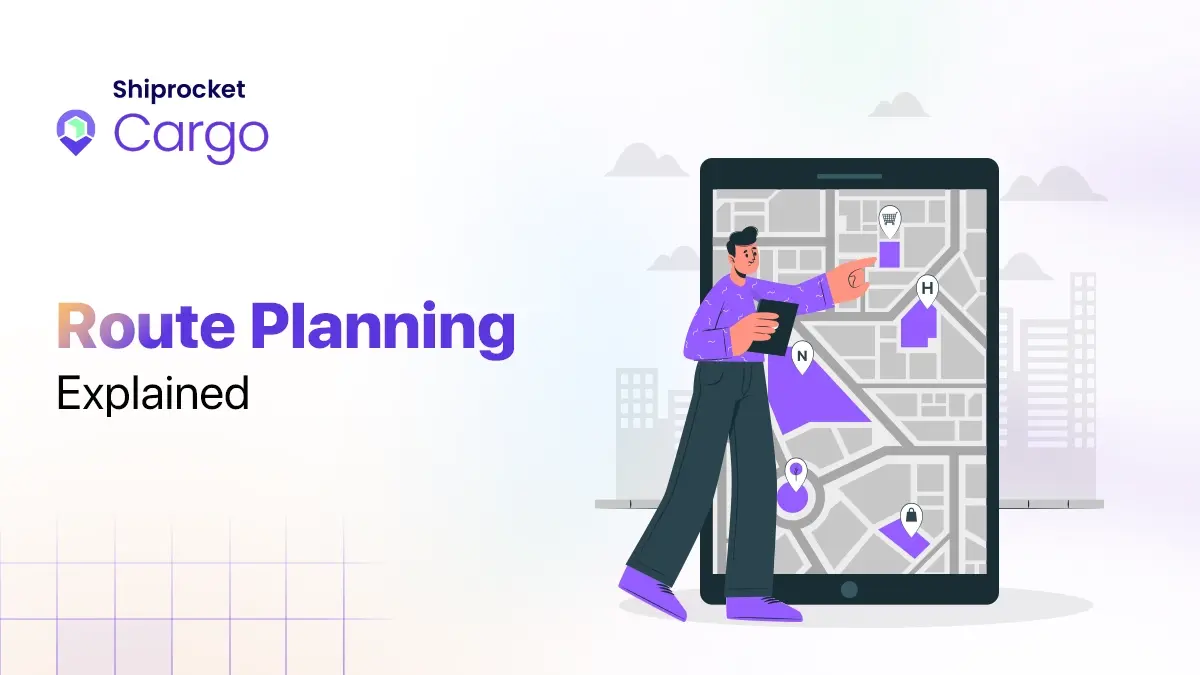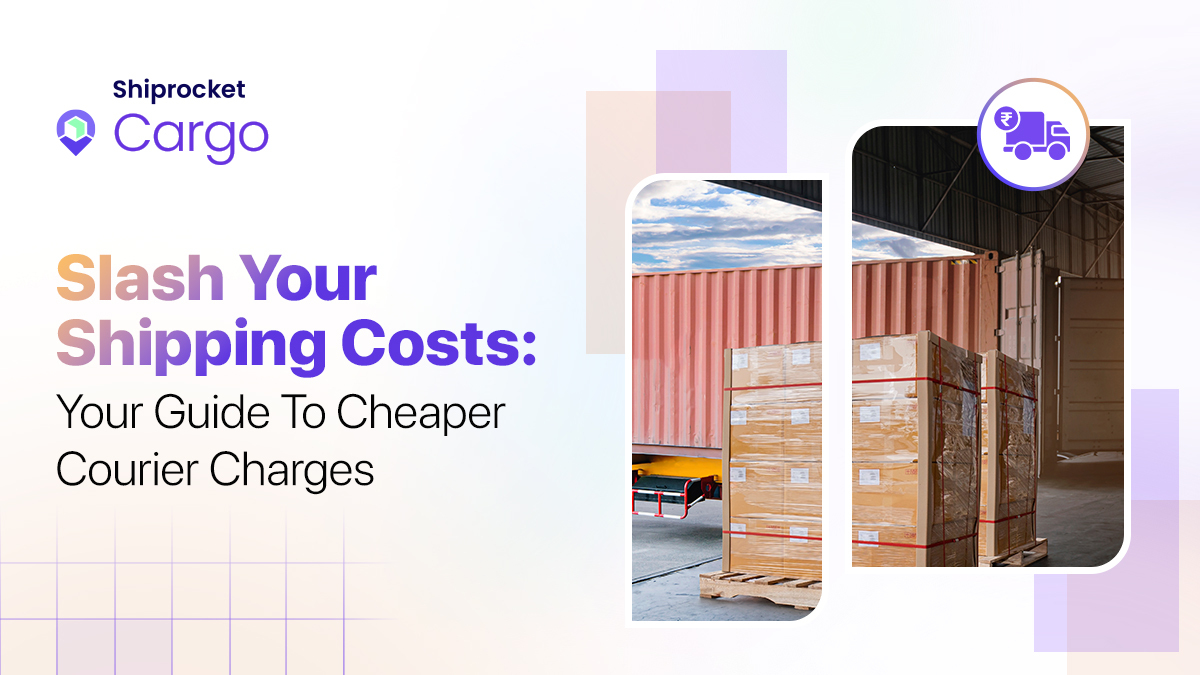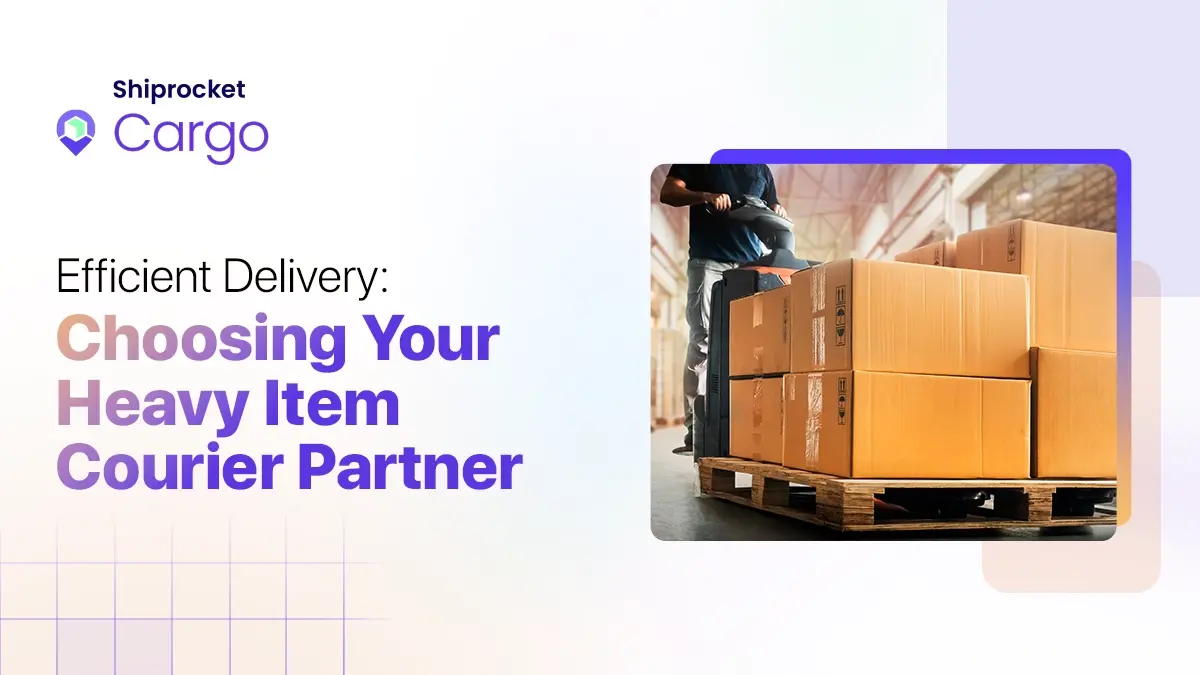Cargo and Logistics: Understanding the Difference
When it comes to eCommerce, terms like cargo and logistics are often used interchangeably. However, there is a fundamental difference that distinguishes these labels. If you know them right, you can make more informed decisions for your business.
While cargo and logistics both belong to the supply chain domain, the former term includes the latter.
Let us understand the difference between cargo and logistics and what this phrase means in the context of supply chain management.
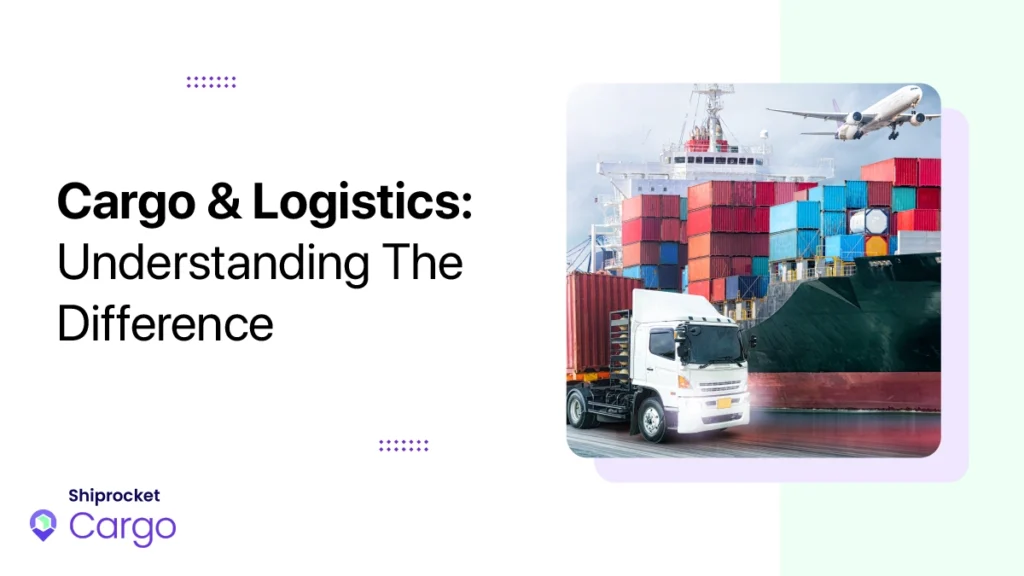
What Is Cargo?
Simply put, cargo refers to transporting goods from one place to another. It can be via ships, airplanes, or any other vehicle. Cargo is also called freight, and there is not much to differentiate between the two. These terms are used interchangeably and are dependent on the shipping company one uses.
The word cargo refers only to the transportation of goods and does not include any payments made for the same. Cargo is usually transported in large containers (known as cargo containers). Goods are also transported via pallets, packages, barrels, or boxes. Any commodity that is transported unpacked in large quantities is called bulk cargo.
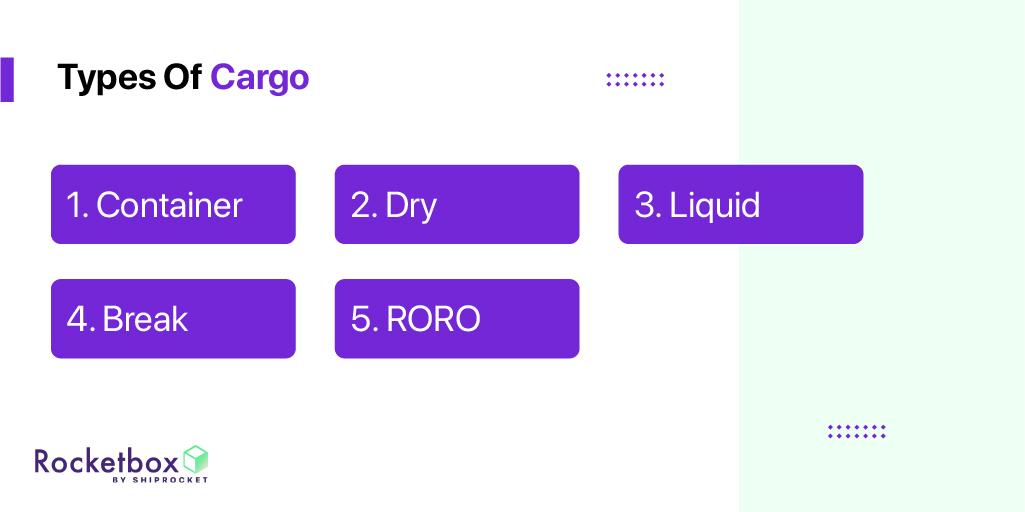
Cargo can be broadly classified into the following five categories-
Container Cargo
As the name suggests, container cargo refers to goods transported in large containers via air, rail, ships, trucks, and other vehicles. This is the most common type of cargo used by logistics companies. From pencils to toys, clothing to televisions – almost every product is transported via container cargo. The heavy-duty metal walls of containers ensure that your goods are well protected against damage and adverse weather conditions.
Dry Bulk
Dry bulk cargo is associated with transporting large quantities of grains, salt, metals, coal, sugar, cement, sand, etc. It is usually transported in lorries, wagons, or ships’ holds. Goods that are not liquid are shipped in large quantities and are usually not packed separately.
Liquid Bulk
Liquid bulk cargo is classified into edible, non-edible, hazardous, and non-hazardous liquids. Liquid products transported in bulk in large spill-proof, tamper-resistant containers or big tankers fall under this category. This includes rubber, gasoline, vegetable oil, wine, liquid nitrogen, fruit juices, petroleum products, crude oil, and other hazardous chemicals in liquid form.
Break Bulk
Although similar to general cargo, breakbulk cargo refers to goods packed in boxes, pallets, smaller containers, cartons, crates, drums, barrels, or vats. Since there is a higher chance of breakage, this type of cargo is handled via forklifts, cranes, and other industrial equipment to minimize the risk of damage. Traditionally, break shipment has been carried on and off ships and vehicles manually through human chains.
RORO
RORO(Roll-On, Roll-Off) is a method of loading and unloading cargo from a vessel. This method uses goods rolling on and off a vessel instead of being lifted by cranes, forklifts, or hands. Loaded trucks can be directly wheeled onto wagons or ships and carried to their destination. RORO is used widely for transporting cars, buses, trucks, cranes, tractors, and other types of vehicles. Did you know? The first RORO service in India was run in 1999 by Konkan Railways .
What Is Logistics?
Logistics is the entire process of planning, procuring, storing, and transporting the goods from you to your buyer. It includes cargo, transportation management, warehousing, and distribution of the goods.
Logistics management is a vital aspect of your supply chain process and involves effective cargo management and the conveyance of data and information between the source and final destination.
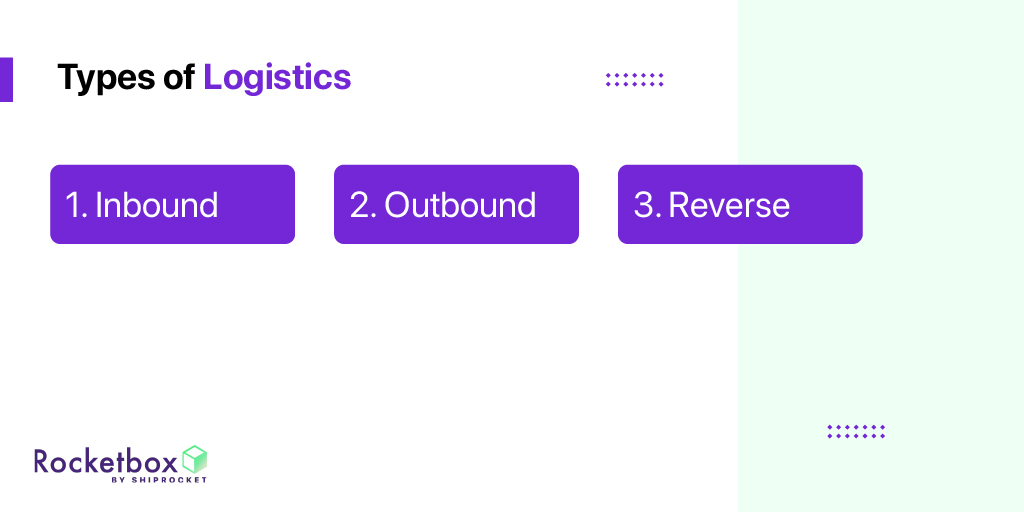
Logistics is divided into three types –
Inbound Logistics
Inbound logistics refers to gathering, storing, handling, and transporting inbound goods. As the name implies, this process involves all the steps required to order, receive, store and manage the inbound supplies. It focuses on the ‘supply’ part of supply chain management.
Outbound Logistics
Outbound logistics refers to the flow of goods from you to your customers. It includes order fulfillment, packing, shipping, delivery, and customer service related to delivery. Both inbound and outbound logistics need to be in sync to ensure a smooth flow in the supply chain.
Reverse Logistics
Reverse logistics moves the goods or products back from the end-user to you. Typically, reverse logistics happen in cases of returning, recycling, remanufacturing, and final disposal of goods or products. It completes the product lifecycle to support the reuse of the goods. This helps you ensure repeat customers while recouping the value of your goods.
One brilliant example of a successful reverse logistics system is Apple, where the customers can use the manufacturer’s products until it ceases functionality or is due for an upgrade.
According to their Environmental Progress Report in 2021, Apple used 59% recycled fiber in their product packaging, saving them millions of dollars, all thanks to reverse logistics in their supply chain management.
Understanding the Difference
By now, you should have a basic understanding of cargo/ freight and logistics. While the former means the physical goods being carried or transported, the latter refers to the entire network that makes this complex task possible. In simpler terms, the difference between cargo and logistics is the same as the difference between a ball and the game of football, a passenger and the service of bus/flights, a shuttle and the game of badminton, and so on.
Cargo is the term used to describe the goods moved on a conveyance, and logistics is the science and art of organizing that movement. While cargo refers to the goods and materials, logistics is the end-to-end gambit, including customer support. Logistics does not have to involve cargo necessarily, but cargo can’t move without logistics.
Best put, logistics is a subset of supply chain management, and cargo is a subset of logistics. Logistics is the planning, operational and strategic aspect that keeps the wheels of cargo transportation well greased for a smoother business experience.
To make cargo shipping affordable and to streamline B2B logistics, it’s good to have a logistics aggregator providing an exhaustive network of carriers. It helps you get the best rates, accurate recommendations, and a wider reach. You can track all your orders easily, and keep your customers informed about the courier movement in real-time.

